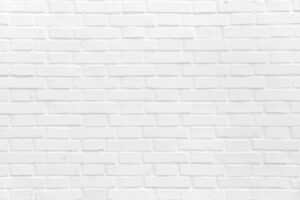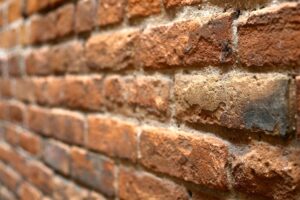Table of Content
Rendering is a crucial step in enhancing external brickwork and is typically carried out by experts or individuals with extensive knowledge and skill.
Badly rendered walls often look poor and out of place, ruining the home’s exterior and, in some cases, lowering the entire property’s value. Rendering raises many problems, like which materials to use, methods to employ, and if it is possible to do it in the winter.
But because brick is such a ubiquitous building material, one query keeps coming up: is it possible to render over bricks? Well, it’s time to learn more…
Is it possible to render over brick, then?
Can brick be rendered over? Yes, you may, is the clear-cut response. However, several things are involved when it concerns rendering the exterior of your home. These will be noted after examination, either by yourself or a group of experts. Because of the potential complexities of the task, leaving the actual rendering process of your walls to professionals is recommended.
The exterior and interior of your property can benefit from rendering over brick. While cutting costs on the bills from within, you’ll also be able to improve the aesthetic of the exterior of your home.
This results from the thermal gains given to the walls by rendering them, ultimately creating a sealant that prevents weather elements or pesky rodents from attacking the inner walls. Nevertheless, the scope of the work may be different. The quantity of materials and tools required for the job and the wall’s standard may grow.
Does render apply to engineering brick?
You have a few alternatives, and it is feasible to render on engineering bricks. The biggest challenge will be ensuring that the render adheres to the brick. There isn’t much of a key because engineering bricks have a comparatively smooth polish, making it challenging for the rendering to adhere.
Installing metal lathing that resembles a mesh upon the wall is one solution. As a result, the rendering can stick to the wall more firmly. If this is not practicable, you can give the rendering something to cling to by raking out the joints by about 8mm.
Before rendering, you should prepare the surface with styrene-butadiene rubber (SBR). You can buy SBR and mix it according to the directions on the package. You can use a brush or a roller to paint the SBR. An alternative is to spritz it on, and both options will give you a useful extra key.
Apply the first render coat when the SBR coat has dried tacky (the scratch coat). After applying it, you must scratch the lines to the render before letting it sit for a few days to dry.
You can moisten the wall after the first coat has dried and apply the topcoat as usual. A mixture of 1 part cement and four parts sand is typically used to create the first coat and the topcoat. If you prefer a render that is simpler to work with, you may also add a plasticiser.
Rendering over breeze blocks is possible?
Since breeze blocks are not attractive, rendering over them is typical. Regardless of a few minor differences, the procedure is very similar to that of engineering bricks.
Again, the creation of a key is what you should concentrate on doing for the rendering to link to the blocks. The only decision to make is to render outside or inside. You can PVA prep the walls if rendered indoors, and you will need an SBR slurry if working outdoors.
Alternatively, rake out joints to a depth of about 8mm–10mm before applying the bond if you wish to obtain a superior key. The render will have another thing to cling onto as a result.
The wind block can be coated with SBR or PVA using a brush or a roller to form a key for a scratch coat. Add a scratch coat as it starts to get sticky. Again, it would be a typical mixture of 4 parts rendering sand, 1 part cement, and 1 part plasticiser. A top coat can then be applied after this.
Avoiding moisture from entering behind the render from the top is another thing you need to think about. This calls for tiling or capping extending around 20 millimetres on either side from the render’s top.

brick wall texture
Can bricks be rendered over?
Since facing bricks typically have a rough texture, preparation is not as necessary. Unlike numerous other bricks, you won’t have to be concerned too much about making a key, but it may help.
Before you use a roller to spread SBR, you can moisten the brickwork. Although pre-wetting the bricks is unnecessary, it can assist in avoiding suction, which may weaken the binding.
While waiting for the SBR to dry, you can add a scratch coat while it is almost dry. Applying the topcoat can now be done after this has dried.
If the brickwork sustains significant harm but is still structurally sound, you may be required to install a fortifying metal mesh. It will fit the brickwork to hold the bricks together and provide a sturdy surface for the render.
Following the same procedure as the bricks above is conceivable after the preliminary work has been finished. Before applying the topcoat and the scratch coat, you will need to add the SBR coat. Naturally, the mix must consider the kind of brick you render.
Conclusion
The majority of brick types can be rendered over. The key is to concentrate on producing a quality key because this will aid in the render’s proper bonding. The render will inevitably collapse and fall off if the incorrect key is used. The type of mix and brick needed to make a render with the ideal appearance and finish should then be decided.


